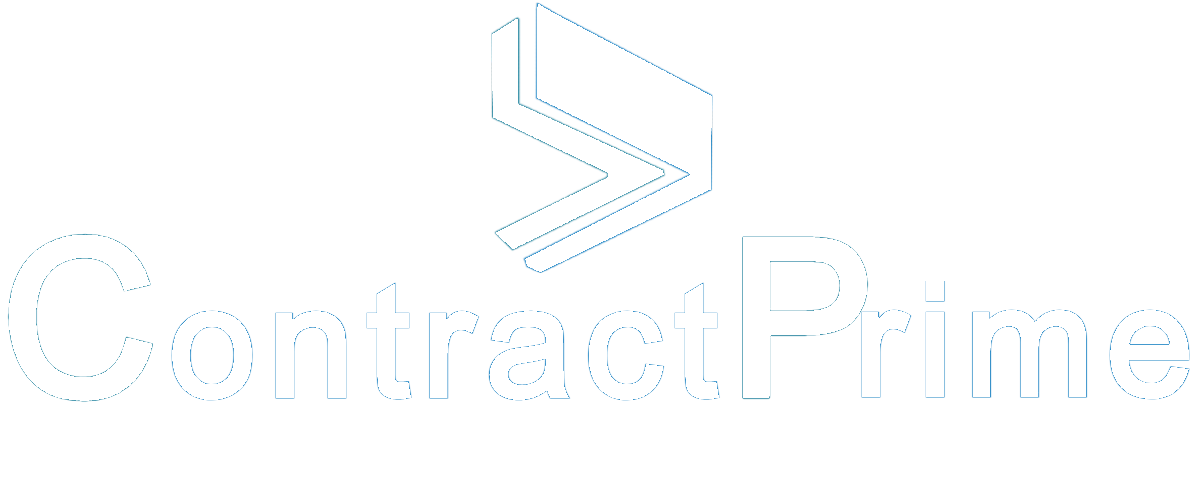Contract Lifecycle Management 101: A CLM Guide
Contracts are the backbone of business operations, governing relationships with suppliers, customers, employees, and stakeholders. Effective contract management is paramount to success. In this comprehensive guide, we’ll delve into the fundamentals of Contract Lifecycle Management (CLM), its significance, and how it can streamline your business processes.

Written by Knowledge Team, posted on October 18, 2023
Understanding Contract Lifecycle Management (CLM)
Contract Lifecycle Management or CLM, is the systematic and strategic approach to managing an organization’s contract lifecycle, from creation and negotiation to execution and analysis. It encompasses the entire journey of a contract, from its inception to expiration or renewal. CLM tools and processes are designed to optimize every stage of the contract lifecycle.
The Crucial Role of CLM
Risk Mitigation
CLM is your safeguard against legal and financial risks by ensuring contract compliance with laws and regulations, reducing errors, and preventing disputes.
Cost Efficiency
It results in cost savings by automating manual tasks, streamlining negotiations, and preventing revenue leakage.
Time Savings
Contract Automation accelerates contract creation, approval, and execution, allowing your team to concentrate on high-value tasks.


Compliance and Governance
It enforces compliance with internal policies and external regulations, ensuring ethical operations and avoiding legal complications.
Improved Visibility
CLM offers a centralized contract repository, enhancing visibility into performance, deadlines, and obligations.
Navigating the Contract Lifecycle
Contract Initiation
The journey begins with the need for a contract, followed by defining its objectives and terms.
Authoring and Drafting
This stage involves crafting the contract document with agreed-upon terms, clauses, and provisions.
Negotiation
Parties negotiate terms until an agreement is reached.
Approval and Execution
The contract is reviewed, approved, and signed by both parties.


Obligation Management
CLM ensures parties fulfill their responsibilities during the contract term.
Renewal and Termination
It tracks contract expiration dates and manages renewals or terminations.
Analysis and Reporting
Data from the CLM system is analyzed to assess contract performance and identify areas for improvement.
Implementing Effective CLM
To efficiently manage contracts:
Identify Your Needs
Understand your organization’s specific contract requirements.
Select the Right Software
Choose a CLM solution that aligns with your needs, considering scalability, user-friendliness, and integration capabilities.
Standardize Templates
Develop standardized contract templates for consistency and efficiency.
Automate Processes
Automate repetitive tasks like approvals and notifications to save time and reduce errors.


Centralize Data
Store all contracts in a secure, centralized repository for easy access and management.
Enforce Compliance
Use the CLM system to ensure compliance with internal and external regulations.
Train Your Team
Provide training and resources for effective CLM system utilization.
Overcoming Challenges in CLM
Resistance to Change
Employees may resist new software and processes. Effective change management strategies can help with adoption.
Data Security
Protecting sensitive contract data is paramount. Implement robust security measures.
Integration Issues
Ensuring CLM systems integrate with other tools used in your organization can be challenging but essential.
Contract Volume
Managing a high volume of contracts in large organizations can be challenging. Streamlined processes can help.

Benefits of CLM

Efficiency
CLM reduces the time and effort required to manage contracts, enhancing productivity.
Risk Reduction
Standardization and automation minimize legal and financial risks.
Cost Savings
Improved contract management results in cost savings.
Visibility and Control
CLM provides greater visibility into contracts, allowing better control.
Legal Technology: Contract Management Software
The world of Contract Lifecycle Management has been revolutionized by technology. Contract Management Software(CMS) solutions simplify and enhance contract management. Key benefits and features of CMS:
Benefits of Contract Management Software
Streamlined Workflow
CMS automates tasks from contract creation to renewal, making the process efficient.
Reduced Errors
Automation minimizes human errors, ensuring more accurate contracts.
Improved Collaboration
CMS often includes collaboration features for multiple stakeholders to work on contracts simultaneously.


Centralized Storage
Contracts are stored securely, reducing the risk of data loss.
Analytics and Reporting
Advanced CMS systems offer contract analytics and reporting tools for contract performance assessment.
Compliance Management
Many CMS solutions include compliance tracking features to ensure contract adherence to legal and regulatory requirements.
As businesses expand and grow more complex, Contract Management Software becomes invaluable for maintaining control and visibility over contracts. It’s worth exploring CMS options to find the best fit for your organization’s needs.
Conclusion
In conclusion, Contract Lifecycle Management is an indispensable practice for businesses of all sizes. By understanding its significance, implementing an efficient CLM system, and exploring Contract Management Software, you can elevate your contract management into a strategic asset that enhances efficiency and reduces operational risks. As your business continues to grow and evolve, the effective management of contracts through CLM and the use of Contract Management Software will become invaluable for maintaining control and visibility over your contractual agreements. Don’t hesitate to explore the many CMS options available to find the best fit for your organization’s unique needs.
